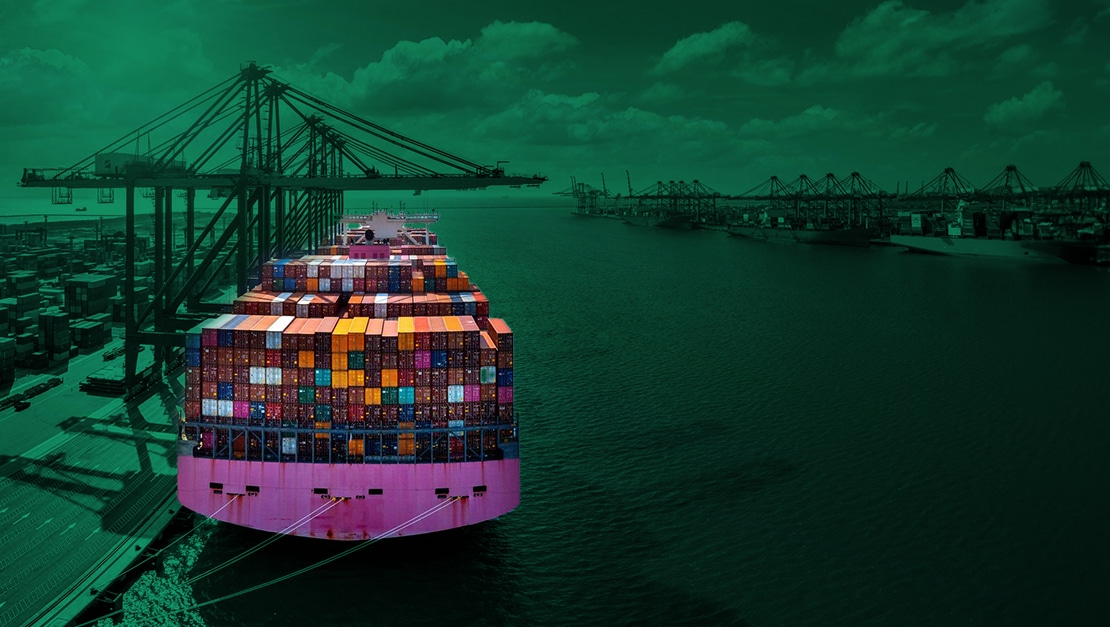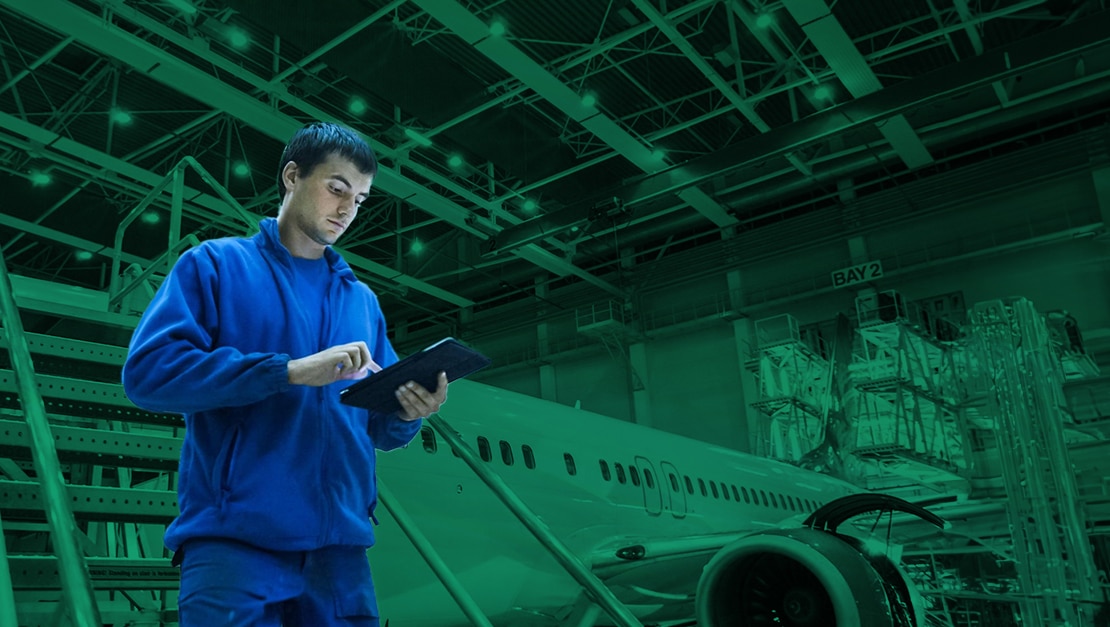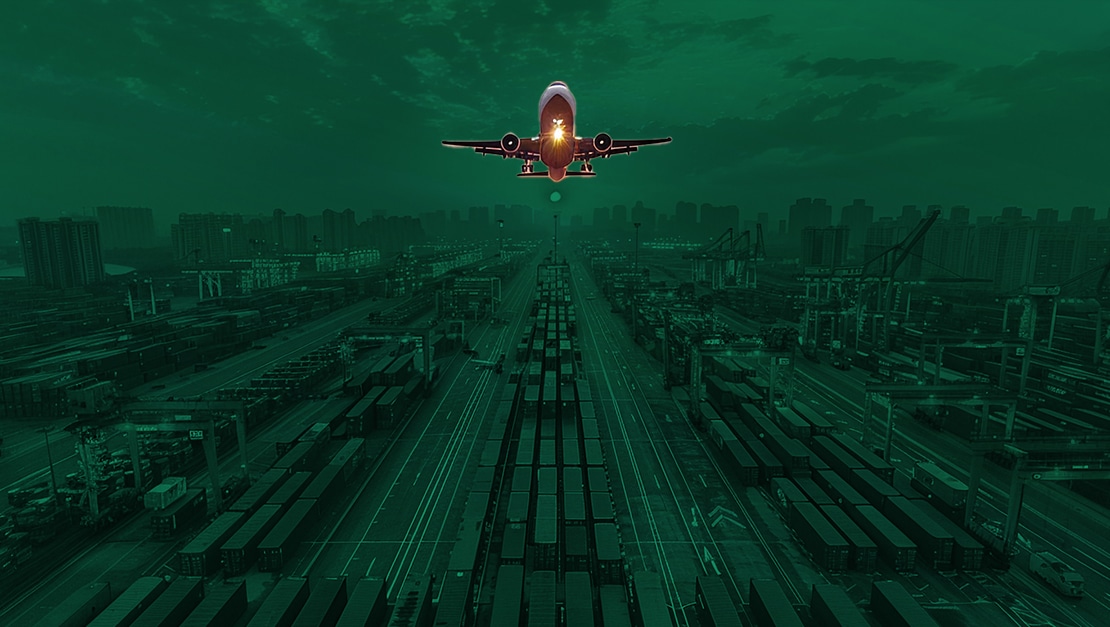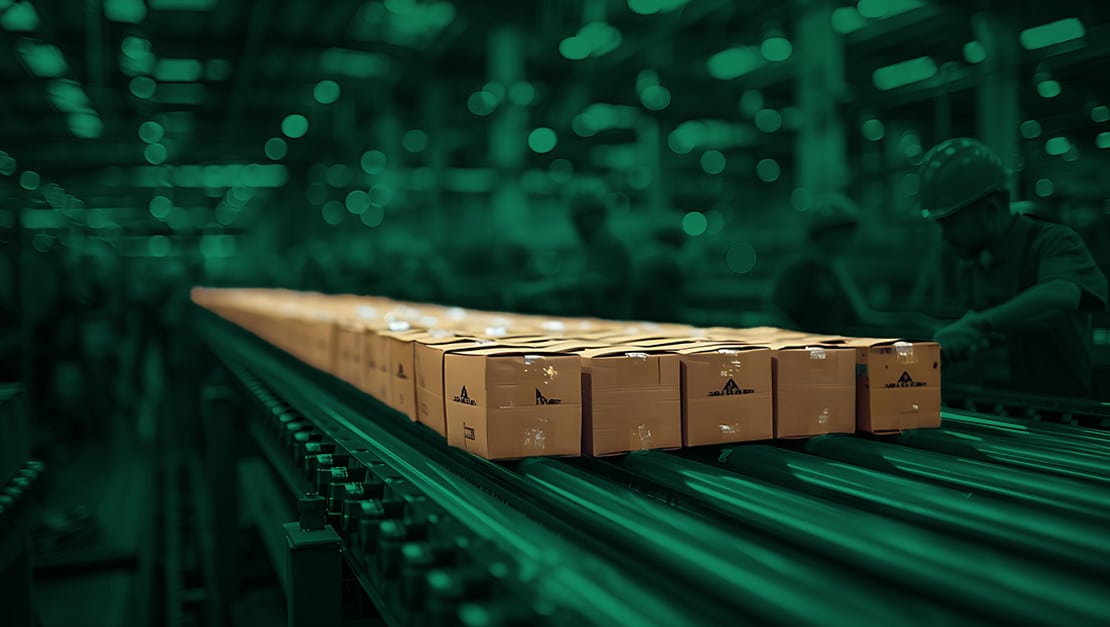Logistics automation involves the use of different technologies and software to streamline supply chain operations, like the movement, storage, and handling of goods. Logistics encompasses a range of processes, including inventory management, order processing, warehouse and transportation management, among others.
When automation is introduced to these processes, they become less reliant on manual intervention and can be made more time and cost-efficient. Logistics are an essential part of business procedures, overseeing everything from customer deliveries to inventory management, so automating these workflows can help organizations run a tighter operation.
This blog post will examine the different technologies that makeup logistics automation, their benefits, how they’re applied today, and some success stories of companies that implemented logistics automation systems.
5 Technologies Driving Logistics Automation
Different technologies are driving digital transformation in logistics. Selecting the best solution for your business involves considering which points in your logistics and supply chain operations you want to address most, such as storage or movement of goods in a warehouse. Below are five of the most common logistics automation technologies to consider.
1. Warehouse Automation
Automated Storage and Retrieval Systems (AS/RS) rely on robots and conveyors to move and store goods in a warehouse. These systems can help increase the storage capacity as well as improve retrieval speed without increasing the need for labor and other resources.
2. Robotics and Automated Guided Vehicles (AGVs)
AGVs and robotics are being used in warehouses and distribution centers to automate certain tasks related to picking, packing, and transportation. Robotics and AGVs can drastically help companies reduce the reliance on manual human packing and picking, leading to fewer errors and round-the-clock operations.
3. Internet of Things (IoT) in Supply Chain Management
IoT devices include sensors and RFID tags, which are being used in warehouses to monitor and track the movement of goods in real time. This is helpful for logistics teams to be able to better monitor inventory levels and enhance visibility throughout the entire supply chain.
4. Artificial Intelligence (AI) and Machine Learning (ML)
AI and ML algorithms are being applied to logistics operations to help teams quickly collect and analyze large quantities of data. This data helps companies predict trends, optimize operations, forecast demand, optimize delivery routes, and more. When working together with other technologies like robotics and AGVs, AI and ML can become more responsive to changing warehouse needs, helping decrease reliance on employees for simple decision-making.
5. Predictive Analytics and Demand Forecasting
Predictive analytics relies on historical data collected by AI and ML platforms and is used to forecast future patterns. This can be applied to warehouse machinery with predictive analytics so that smaller issues are flagged before they lead to breakdowns, costly repairs, and disruptive downtime. It can also be used to predict inventory needs to optimize inventory levels and reduce the risk of stockout.
Benefits of Automation in Logistics
In 2022, the logistics automation market size surpassed $50 billion USD and it’s anticipated that it will expand by an additional 12% CAGR by 2032. As more and more companies adopt automation in their logistics operations, the benefits of these technologies become apparent.
Here’s a look at some of the main advantages of using automation technology in logistics:
- Improved productivity and efficiency: Automation cuts down on the time and effort needed to complete certain tasks, helping teams make more efficient use of their resources while increasing productivity.
- Reduced expenses: Businesses can reduce costs related to labor and manpower with automation technologies while simultaneously reducing costly errors and inventory management issues, leading to overall cost savings.
- Enhanced accuracy and error reduction: With technology performing repetitive and manual tasks, there’s less opportunity for error so workflows like order processing, inventory management, and delivery tracking become more accurate.
- Faster order processing: Automation can streamline workflows to allow for quicker order processing and delivery times, leading to improved customer retention and satisfaction.
- Scalability and adaptability: Automated logistics systems can scale to meet the evolving needs of organizations as they grow, enabling businesses to remain agile and competitive.
How Logistics Automation is Applied Today
Automation can operate differently in each industry, helping businesses automate their most manual tasks to make work more efficient. When it comes to logistics management, automation can be used in many workflows to make them more efficient, such as inventory control, order management, and others. Here are a few ways logistics automation is used by organizations today.
Inventory Management and Control
Automation systems can track inventory in real time, allowing for better overall control of inventory and visibility into stock levels. This helps companies reduce the risk of stockouts and optimize storage space.
Order Fulfillment and Picking
When automated, order processing becomes a lot easier and more accurate. Automations can be set to optimize item picking, improve fulfillment speed, and prioritize orders, aiding in preventing delays and errors.
Transportation and Routing Management
Using AI and data analytics, automated systems can optimize transportation routes to figure out the most efficient path for deliveries. By analyzing factors like traffic, weather, and delivery schedules, companies can save on time and costs while offering speedier deliveries.
Last-Mile Delivery Optimization
Automation can help companies plan and execute last-mile delivery routes to improve client satisfaction. New technologies like autonomous delivery vehicles and fleet management software help companies refine deliveries to provide on-time services based on optimized routes and an increased delivery capacity.
Reverse Logistics and Returns Processing
When returns arrive at a warehouse, logistics automation can simplify the intake process, providing a clear workflow for tracking return status, updating inventory levels, and returning items to storage accordingly. This can reduce processing times for better customer service.
Success Stories of Automation in Logistics
Looking at how companies have applied logistics automation in their daily workflows helps understand the technologies’ wide-reaching impact on the industry. Here are two success stories from well-known companies and a brief overview of how logistics automation helped them improve efficiency.
UPS
In 2023, 57% of UPS volume in US hubs went through automated facilities, with those numbers climbing each year. At UPS, automation technology aims to make work easier and safer for employees. Automations are used for repetitive and physically demanding tasks, like sorting small packages and moving irregularly sized shipments. Additionally, automation and robotics systems are helping UPS workers unload trailers and move packages onto conveyor belts and storage spaces.
Maersk
Global shipping company, Maersk, relies on multiple technologies to automate much of its logistics operations. The company is using automation technology to improve visibility and collect real-time data into inventory. These insights are helping Maersk anticipate warehouse needs Currently, Maersk is using AI for up to 20% of its logistics tasks and hopes to increase that number to 80% within the next few years. With AI automation, Maersk’s logistics team can improve customer service, forecast demand patterns, optimize inventory levels, and reduce transportation costs, among other things.
Speak Words Into Automation with aiOla
Many different technologies on the market can help logistics teams automate various tasks, however, not all of them are right for every company. Some solutions have long implementation processes or steep learning curves and can be difficult to integrate with legacy systems. However, there are some automation solutions, like aiOla, that can deliver all the benefits of logistics automation technologies with virtually none of the challenges.
aiOla is an AI-driven speech technology that helps teams harness the power of language to gather critical data and trigger automations. With aiOla, logistics teams can remain entirely hands-free while tackling processes like machinery inspections and data collection in pallet unloading. All employees have to do is speak as they work, and using advanced AI, ML, and NLU technologies, among others, aiOla listens for process-specific keywords to alert team members on any time-sensitive information and store and analyze data.
Using aiOla, logistics teams can trigger automations using over 100 languages and in any accent, dialect, or industry jargon. Speech data that’s otherwise lost is gathered, helping management get more intelligence to inform essential business decisions. The results speak for themselves: logistics teams using aiOla see a reduction in 4 safety incidents per shift, a 60% reduction in incident resolution time, and a 25% increase in pallets handled per hour.
It’s Time to Harness the Power of Logistics Automation
Looking ahead, automation in logistics isn’t set to slow down. As new technologies enter the market, the demand for more efficient operations procedures will increase as consumers expect quicker and more accurate deliveries. With cutting-edge technologies like aiOla, logistics teams can rest assured that the solutions they use are helping them increase productivity while reducing resources and remaining safe.
Book a call with one of our experts to learn more about how aiOla can help your logistics teams automate operations.








